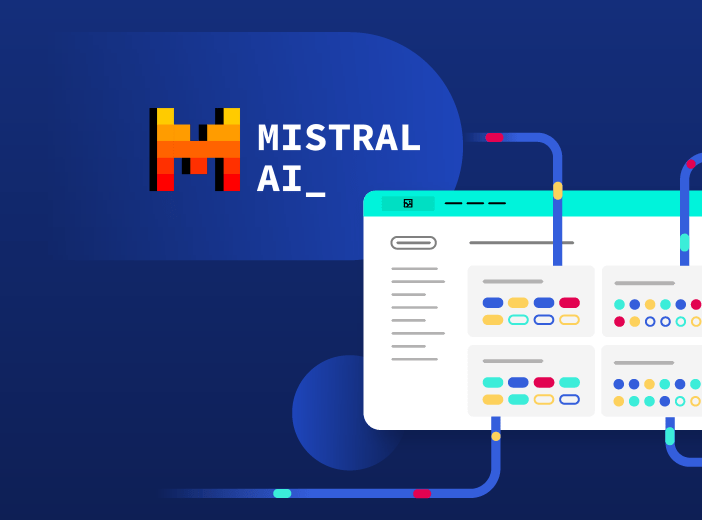Data projects
Ready to dive in?
Book your live demo today
+3000
+25
Countries
8,5/10
Overall satisfaction rating from our customers
[Webinar] Maximizing data value: How data products and marketplaces accelerate data consumption for business users
Register for the webinarSovereign AI covers an individual nation’s ability to control, create and deploy its own AI models using its own infrastructure, data, workforce and networks
The rise of AI, particularly Generative AI (GenAI), promises to transform business and society. Ensuring that they benefit from AI is therefore becoming a critical objective for countries and regions. Equally, countries want AI and its outputs to reflect and support their local language, legal, and cultural needs, rather than being based on data from other nations or under the control of private companies.
Sovereign AI provides this level of control, covering physical computing infrastructure, processes, workforce and data governance. It delivers independence and sovereignty over AI, now and in the future. The aim is to create sovereign AI foundational models that have been trained on local datasets and are then used within the country to meet its business, cultural, military and governmental objectives, and that comply with local legal and compliance requirements. Countries across the world have announced sovereign AI strategies including India, Singapore, Taiwan and the Netherlands.
Sovereign AI delivers multiple benefits:
There are six key components required for the development of Sovereign AI capabilities:

High quality data is at the heart of successfully training and deploying AI algorithms and agents. Our blog explains how organizations can ensure that they are sharing easily actionable, machine readable data with AI through data products and data product marketplaces
 Product
Product
To give customers choice when it comes to AI, the Opendatasoft data portal solution now includes Mistral AI's generative AI, alongside its existing deployment of OpenAI's model. As we explain in this blog, this multi-model approach delivers significant advantages for clients, their users, our R&D teams and future innovation.